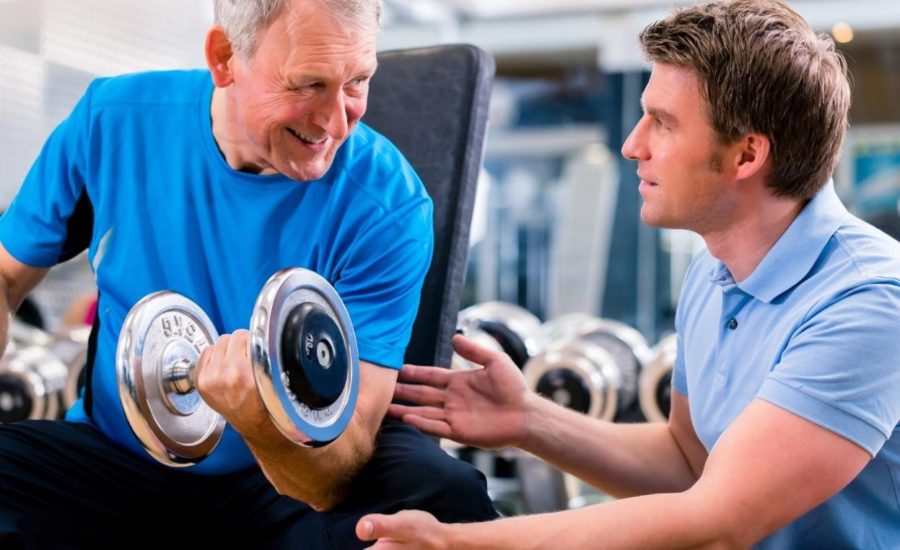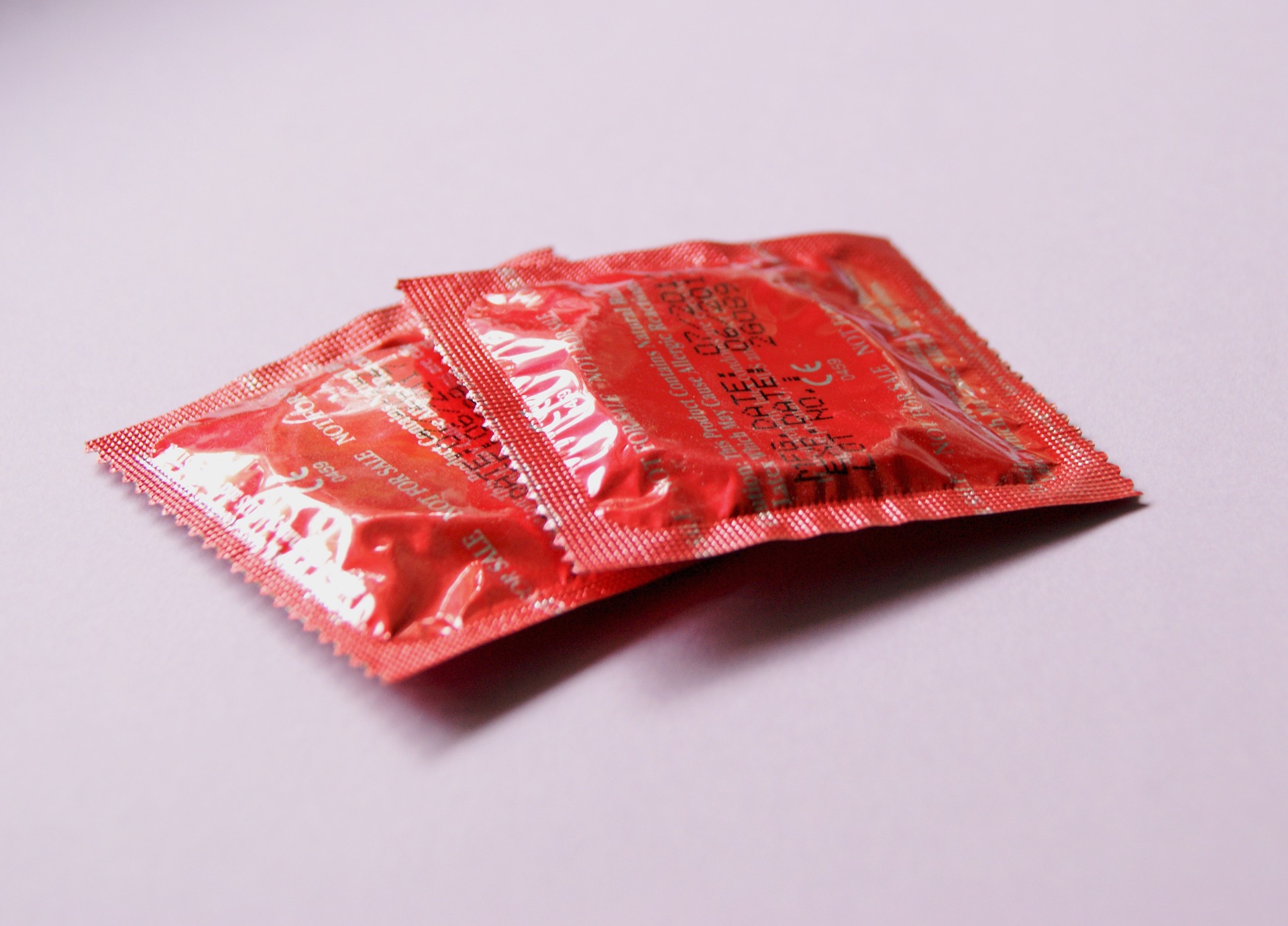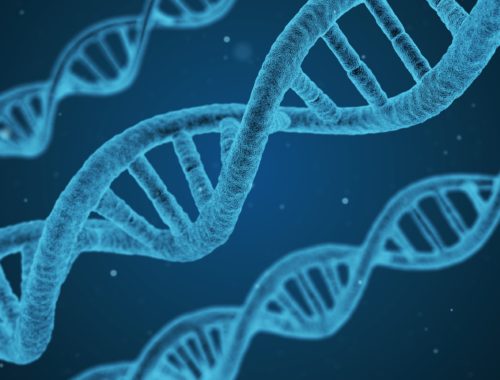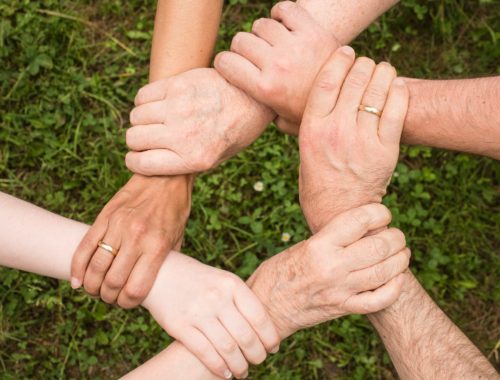Prevent
Why Midlife is the Best Time for Cancer Prevention

Getting older is a natural process and that doesn’t have to lead to poor health.
While the likelihood of cancer increases at midlife, many causes of cancer are preventable with a healthy lifestyle and recommended screenings.
Here are a few ways you can set yourself up for long-term health into your senior years.

Risk Increases With Age, but Age Doesn’t Cause Cancer
By 2030, the National Cancer Institute (NCI) estimates that 70% of all cancers cases will be adults 65 years and older.
Though the combined risk for all cancers increases up to age 70, new cancer cases are actually uncommon after age 90. This means that cancer risk peaks at midlife and then begins to decline.
.
Though you may become more vulnerable to cancer at midlife, it is also the best time to make efforts toward prevention.
Your choices during midlife can be a window of opportunity to change or reverse the effects of habits from earlier years.

Prevention Strategy: Avoid Exposure to Radiation
One step you can take toward protecting yourself during midlife is to limit your exposure to environmental hazards.
Research has shown that sunburns at any age increase the risk of cutaneous melanoma, the most aggressive type of skin cancer. This means that protection against UV radiation is not only important at an early age, but throughout your life.
See our article on best sunscreen practices for more details on skin cancer and safety tips.

Prevention Strategy: Good Health Habits
Health at midlife sets the foundation for your health for years to come.
It’s also the time when the impact of risky habits (like smoking, drinking, and poor diet) begin to show up.
Diet & Exercise
Excess body weight is linked to many cancers, including for the following areas:
- Esophagus
- Pancreas
- Thyroid
- Gallbladder
- Colon and rectum
- Breast (post-menopausal)
- Uterus lining
- Kidney
Preventable diet-related conditions linked to cancer risk, like diabetes and metabolic syndrome, also tend to increase during midlife.
Good diet choices and regular physical activity are some of the best preventative measures you can take at any point in your life to maintain a healthy weight.
See our article on cancer-preventing diet tips for steps you can take to add health-supporting foods into your meals.
Try to get in at least 2.5 hours of moderate intensity exercise each week. Moderate intensity activities take about as much effort as a brisk walk. Even day-to-day tasks like gardening can help meet these recommended exercise goals.

Smoking & Drinking
Removing smoking and alcohol use from your habits has drastic benefits for your long term health.
A study from the UK found that quitting smoking even up to age 60 can greatly reduce the risk of lung cancer. The American Cancer Society has several resources to help quit smoking and staying tobacco free.
Alcohol contributes to several factors that increase cancer risk. Drinking can damage DNA, which in turn may lead to cancer-causing mutations that the body is potentially more vulnerable to during midlife. Alcohol can also prevent your body from absorbing cancer-preventing nutrients from your diet (like folate and vitamin D).
The American Cancer Society recommends having no more than 2 drinks a day for men and 1 drink for women.
However, keep in mind there is no safe drinking limit when it comes to cancer. Even light to moderate drinking can increase your risk for certain cancers.

Safe Sex
It’s important to practice safe sex during all stages of life.
According to the most recent National Survey of Sexual Health and Behavior, many older adults are sexually active but are much less likely to use a condom. This puts them at risk for sexually transmitted infections (STIs) that can increase cancer risk.
Aside from the health risks presented by HIV itself, the virus is also linked to several non-AIDS cancers (like Hodgkin’s disease and liver cancer).
Human papillomavirus (HPV) is another STI known to cause several cancers, including cervical, vulvar, vaginal, penile, anal, and oropharyngeal cancers. Cases of these cancers also increase after age 50.
Older adults can be especially at risk for STIs because doctors may fail to ask about unsafe sexual behaviors.
The best way to avoid the risk presented by these STIs is to always use a condom during intercourse.

Prevention Strategy: Recommended Screenings
Recommended screenings are an effective way to detect and remove cancer risks that come with age.
Currently, the United States Preventive Services Task Force (USPSTF) has only found sufficient evidence to support screening for colorectal, cervical, and female breast cancer as a way to reduce cancer deaths.
It is recommended to start screening for colorectal and female breast cancer by age 50 until age 75.
While cervical cancer screenings usually begin around age 21, it is recommended to continue these check ups until age 65.
In addition to these tests, consult your doctor about additional screenings you may need. Also be sure to report any sudden changes, like unusual bleeding or new skin blemishes.

Aging Does Not Have to Mean Poor Health
When a person believes that aging leads to poor health, it can become a self-fulfilling prophecy.
But many of the health risks associated with getting older can be avoided by preventing chronic conditions (like diabetes), avoiding hazardous exposures (like UV radiations), and using healthy habits (like exercise).
Living a long, healthy life is possible with the right choices, support, and prevention.




